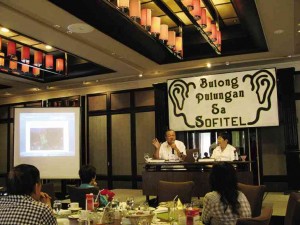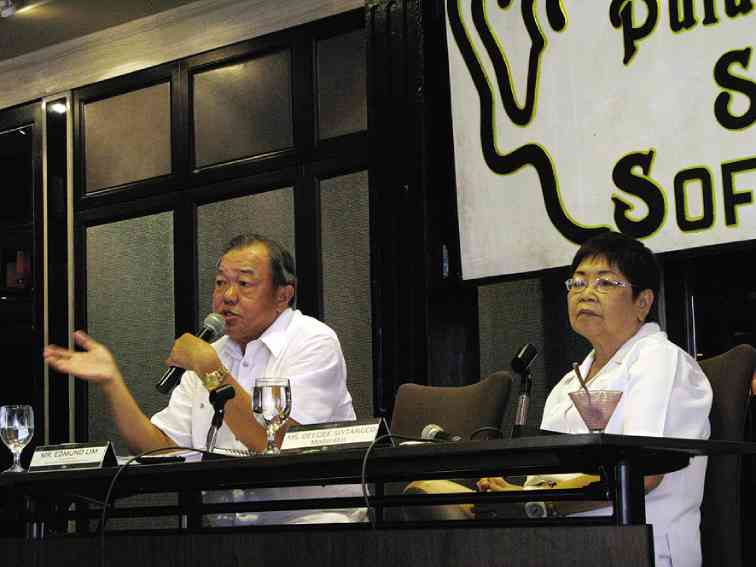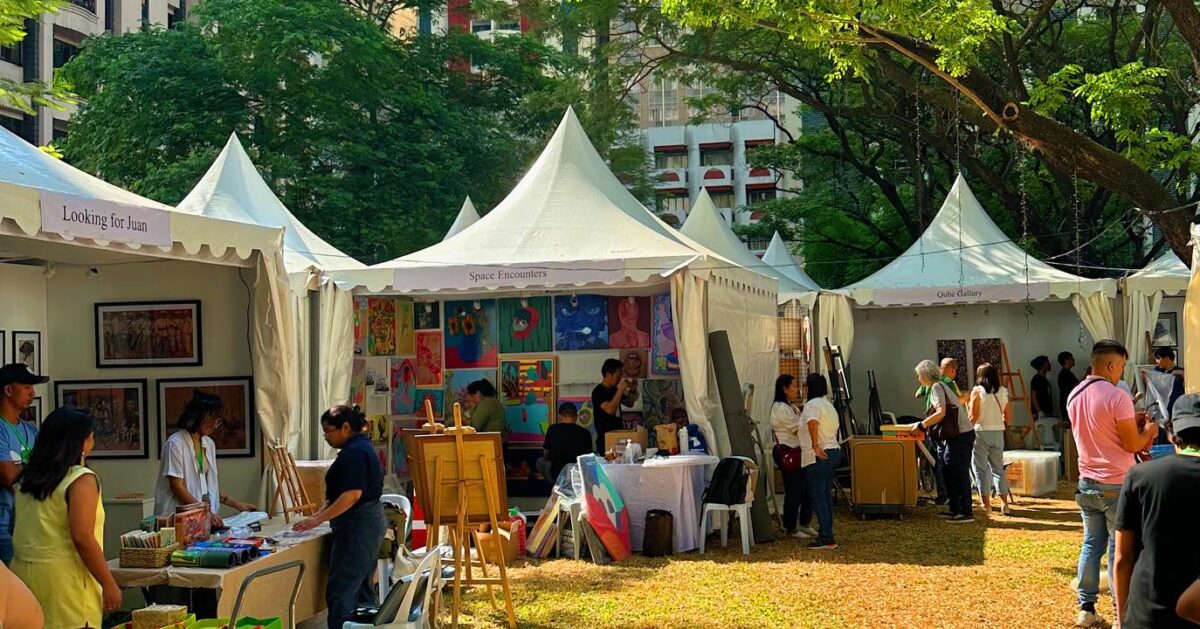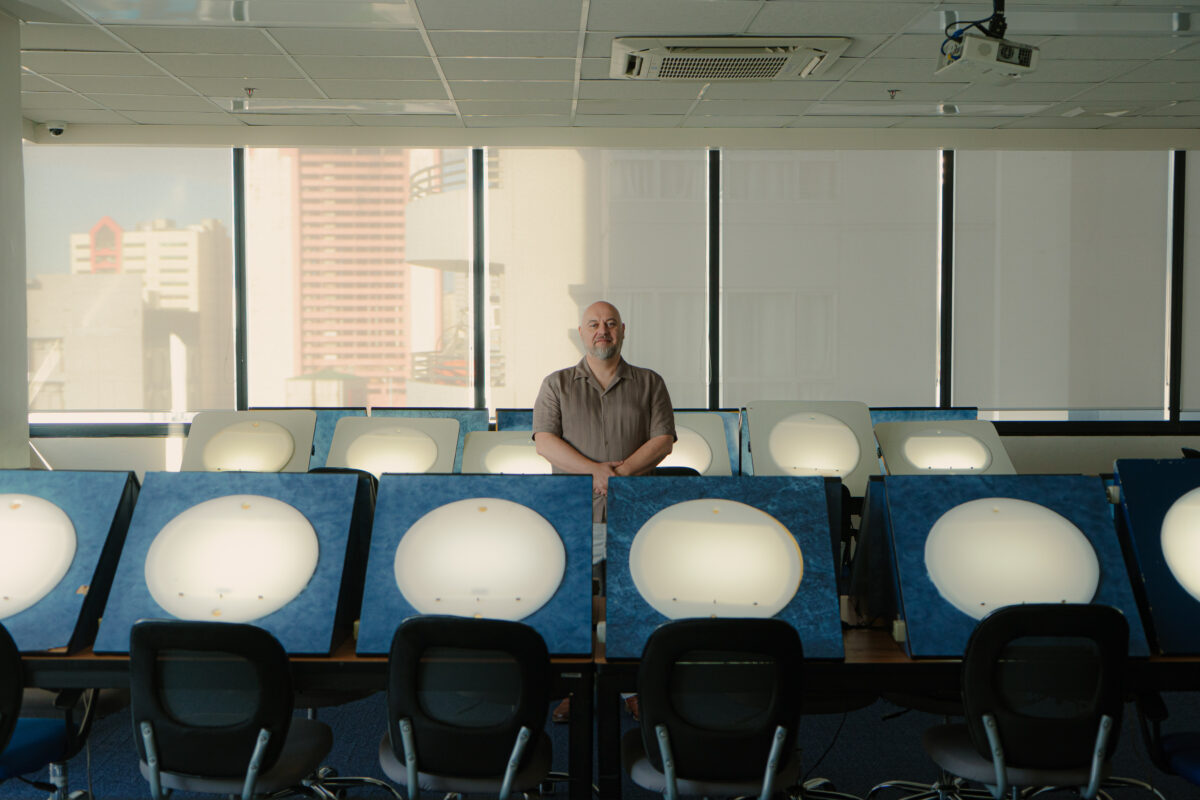
The developer of the controversial reclamation of Manila Bay defended the project, citing its alleged economic and environmental benefits.
But Manila Goldcoast Development Corporation (MGDC) vice chair Edmundo Lim didn’t explain why Manila Bay had to be reclaimed in the first place.
Speaking during the Bulong Pulungan forum last April 10 at Sofitel Manila, Lim said the project was not new. He explained it was bidded out in 1991 and awarded to MGDC a year later. But the project had been stumped then because of political hurdles.
He said the project had been revived.
Before the forum, moderator Deedee Siytangco asked the press to “put aside misconceptions” and keep an open mind.
MGDC, which is under the Solar Group of Companies, revealed the latest details of the planned 148-hectare reclamation project named Solar City, a three-island site that would jut out from the bay’s coastline vertically beside the Cultural Center of the Philippines.
Since its controversial revival, Solar City has caused a stir. The SOS Save Manila Bay Coalition, composed of business, civil society, environmental and Church groups, has vowed to thwart the project.
SOS Manila Bay says that Solar City violates Republic Act 7568 issued in 1992, which recognizes the value of having a national park on Manila Bay and includes the bay in the National Integrated Protected Areas System Act of 1992.
Cleaner, flood-free Manila?
Lim defended the project, saying that aside from increasing the land area of Manila and decongesting it, the reclaimed site shall serve as a massive breakwater and will be advantageous for locals who witnessed the horrendous sea surge brought about by the southwest monsoon in 2011.
In a video used by MGDC to encourage the approval of Solar City, environmental planner Armando Alli and architect Jun Palafox agree that reclamation may serve as a breakwater.
Alli cites the success of reclamation projects in China, Hong Kong, the Netherlands, and Dubai in terms of maximizing available space; while Palafox agrees that reclaimed patches of land do become tsunami or wave breakers if executed properly.
In their research, MGDC quotes Department of Public Works and Highways Secretary Rogelio Singson saying that a way to avoid the 2011 sea-surge situation “is to extend the existing breakwater located in the middle of the Manila Bay to diffuse the strong current of sea water coming from the West Philippine Sea.”
 Lim disclosed plans of installing pipes that would make trapped water in certain areas of the bay, such as the Manila Yacht Club marina, to circulate, in effect, cleaning the area.
Lim disclosed plans of installing pipes that would make trapped water in certain areas of the bay, such as the Manila Yacht Club marina, to circulate, in effect, cleaning the area.
He also cited that the three islands in Solar City were designed to have spaces in between them to be “self-cleaning,” so as to complement water movement around the area.
“We will not be harming any marine life in the area, nor will we be touching any natural resource,” said Lim. “We have a team of marine biologists and experts that studied the site.”
Lim added that they were trying to study ways how to make Solar City more environment-friendly through tighter waste management and energy efficiency.
An estimated 20-million cubic meters of sand will be used to reclaim the area. With the use of materials that are readily available in the sea, they are expecting water levels to lower as construction commences.
“We are not going to put foreign materials in the water so as not to harm the sea or raise water levels,” said Lim. “Think of it as an aquarium filled with sand and water. We take sand from one area and redistribute it elsewhere.”
He said the entire process might take two years.
More jobs
Lim said Solar City would be a “new economic zone.”
In the 148 hectares to be reclaimed, about 56 percent will belong to Solar and the rest shall go to the government and the public.
With the proposed businesses and establishments, Solar City is expected to house 5,000 employees per building, which may total 250,000-500,000 employed individuals.
Lim said Solar City also planned to put up a state-of-the-art cruise dock.
Lim said that with the tourism boom, urban renewal would follow in nearby areas, which would cause a “domino effect” of improvements such as better real-estate prices and a cultural renascence.
Lim said the construction of art centers, amphitheaters, museums, and the like was really part of Solar City’s agenda since “the CCP [Cultural Center of the Philippines] is just next door.”
All structures in Solar City are proposed to be earthquake-proof. Dormitories will be budget-friendly, Lim said.
“For now, we are just waiting for no-objection letters from institutions concerned,” he said.













































